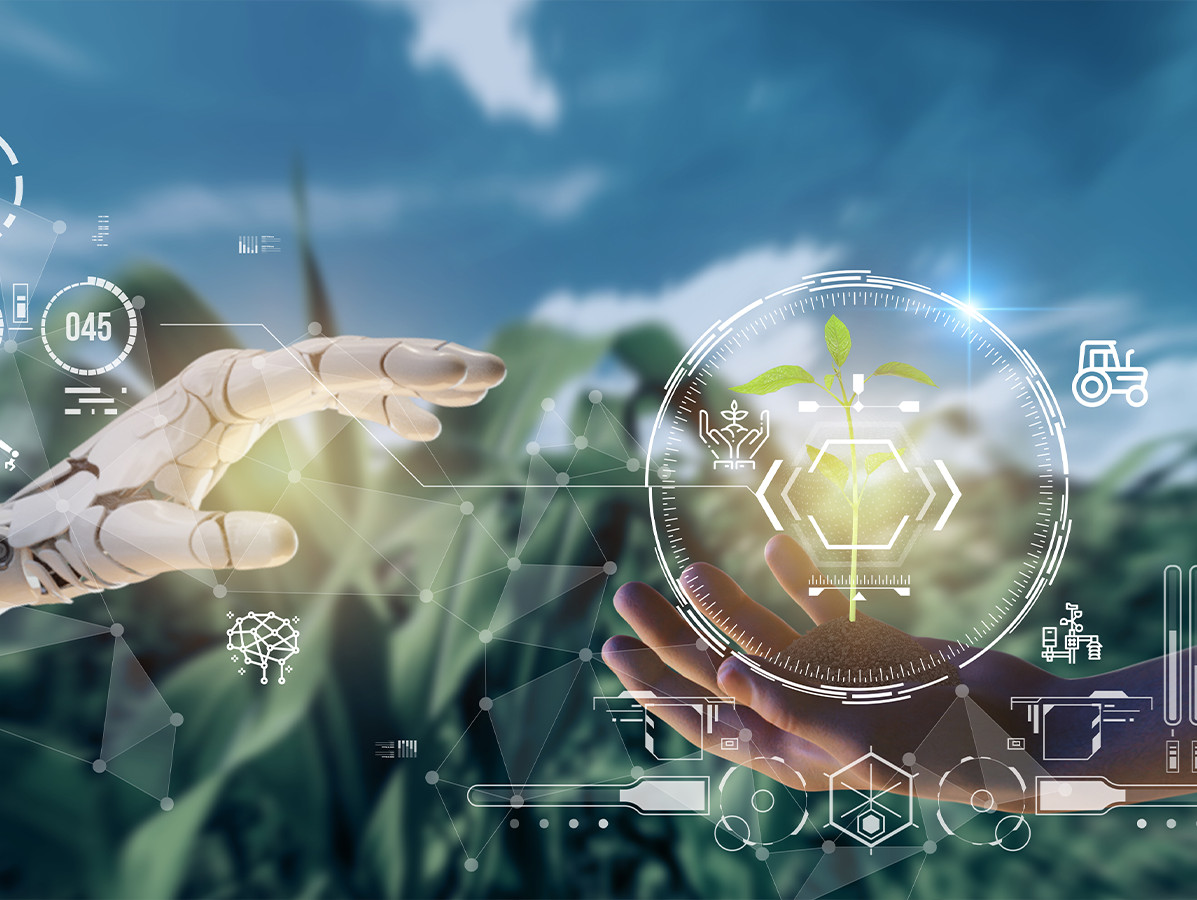
The term "digital twin" is appearing more and more frequently. What is it? What can you do with it and what is its added value?
Digital twins are used to describe, analyse and simulate processes in, for example, an organism and objects with the aid of data integration, artificial intelligence (AI) and machine learning. Universities, research institutes and engineering firms all over the Netherlands have already started working with digital twins, for example for use in predictive maintenance: on machines, cities and bridges. WUR researchers are also working, within an LNV investment programme, on three projects in the food & agri sector: a digital twin model of a tomato plant; a personalised twin model to predict the fat content in your blood after a meal; and a model that precisely maps the nitrogen cycle of an arable or dairy farm.
A digital twin consists of two main elements: the real object and its virtual, digital version. The computer model is directly connected to its physical 'twin' - and is updated with data in real time. The value of a digital twin therefore stands or falls with the reliability and availability of data that the real object collects via sensors. This includes data from the object itself, but also from the environment it interacts with. Because the digitisation issue is still under development at many companies, creating a 'digital twin' is often not yet possible.
Willem Jan Knibbe, coordinator of the Digital Twins investment programme at Wageningen University & Research, said before about the added value: "You can try out things much more freely, without enormous costs or damage to the environment. Conversely, the digital twin can indicate in time that abnormalities are threatening to occur in its real brother: you don't want to run the risk of that investment turning out to be pointless." Most research projects are still ongoing. Expectations are high, but we have to remain realistic, he thinks: the technology is mainly like a new tool, alongside the other tools we have. But it is exciting. "You can see it as high risk, high pay: if it works, we can make huge leaps forward."
Sources:
www.wur.nl
De Ingenieur augustus 2021
Photo: ©Epstudio20/Shutterstock.com
Source: Vakblad Voedingsindustrie 2021